In the early nineties, Aston was in the process of a major brand overhaul and was operating under the Ford umbrella; as was Ghia, the Italian Carrozzeria purchased by the blue oval in 1970. With the substantial funds on offer from the American giant, discussions had begun on what the British marque could do to expand its market and eventually Moray Callum – working for Ghia at the time – was enlisted to design a four-door saloon to revive the defunct Lagonda brand. Ironically, Moray’s older brother Ian was simultaneously designing the DB7.
While the DB7 made use of a platform related to the Jaguar XJS, the Vignale concept was based upon another car from within the Ford model pool: namely the 1990 Lincoln Town Car. The Vignale’s bulbous, art deco-inspired bodywork sat atop the extended Town Car chassis, also cloaking the borrowed suspension and four-speed gearbox, as well as the Ford 4.6-litre DOHC V8 which produced a rather lazy 190bhp. The Ford engine was only to be used as an intermediary, though; had it made production, it was agreed that a 5.9-litre V12 (later applied to the Vanquish and still used today, albeit overhauled) would be utilised to propel the substantial saloon.
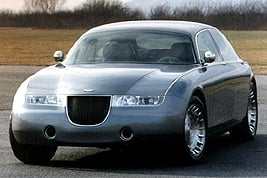
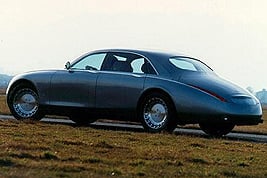
Making its debut alongside the DB7 at the 1993 Geneva Motor Show, the Lagonda Vignale’s organic shape went a long way to hide its enormous dimensions – it was wider and had a longer wheelbase than the Silver Spirit of the same era. The lack of consistent styling in past Lagondas had essentially given Moray Callum a clean-sheet design opportunity, a rare treat for an automotive designer. “We pretty much did what we wanted to do,” he recalls. “There wasn’t much DNA to hold onto… we just tried to reproduce a flamboyance about the car.” Indeed, the swooping curves were reminiscent of Duesenbergs and Delahayes of the past, while Callum’s mindfulness in making the overhangs shorter (a practice which has become commonplace in recent years) gave the car aesthetics which still look relevant today. The resulting longer wheelbase also provided bounteous space inside.
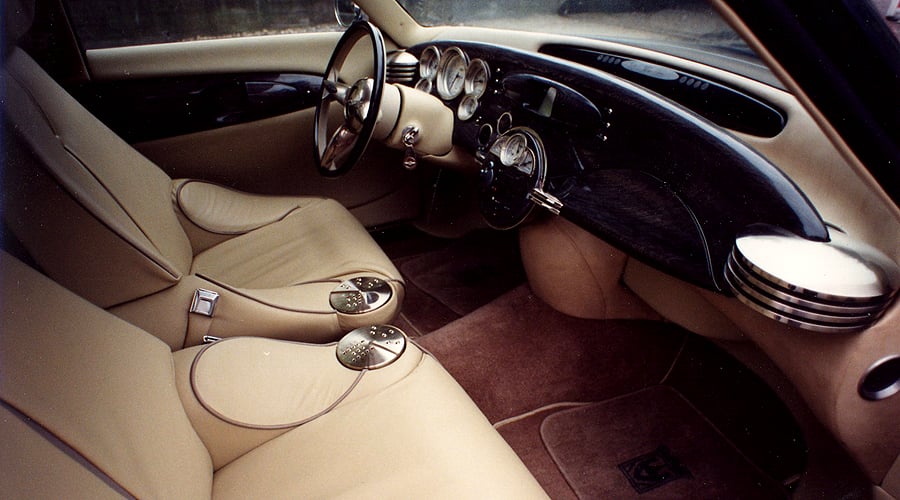
The art deco theme continued into the interior of the car, with analine-dyed parchment leather being supplemented by beech wood and aluminium touches, as well as woollen over-carpets and headlining. Evoking the aura of a gentlemen’s club, there was seating for five in the two Vignales built by Ghia; however, a third example – built later by the Works Service department and given the codename DP2138 – had room for four, due to the twin armchairs which supplanted the bench seat in the rear. The sole production Lagonda Vignale was sold to the Sultan of Brunei for £1.3m in 1995, and had various design alterations, including slightly smaller dimensions (it used an alternative Ford platform), different headlights and a redesigned grille, not to mention burgundy paintwork and an upgrade to V12 power. Meanwhile, the Sorrento Blue car was kept by Ford until 2002, when it was sold by Christie’s, the hammer dropping at $403,500 despite the conservative estimate of $60-120,000. Unfortunately, a similar fate wasn’t to await the grey car: due to its semi-engineered inferiority, it was destroyed once its worthiness as a publicity tool had expired.
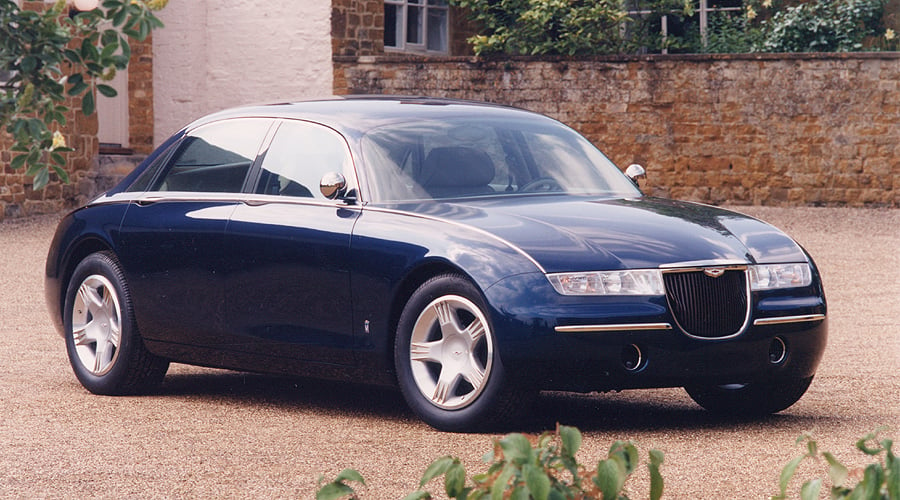
Ultimately, the Lagonda Vignale’s timeless design wasn’t enough to help it leapfrog the DB7 in Aston’s production plans. Despite it being well received, Ford considered the Lagonda brand too expensive to revive, given its obscurity outside the UK, and the DB7 fitted in with the Aston Martin brand heritage because of its DB-monikered GT predecessors. But while that decision might have closed the book on one sibling rivalry, the other is still very much apparent: Moray Callum currently heads up the design department of Ford America, while older brother Ian has penned every new Jaguar of the last five years.
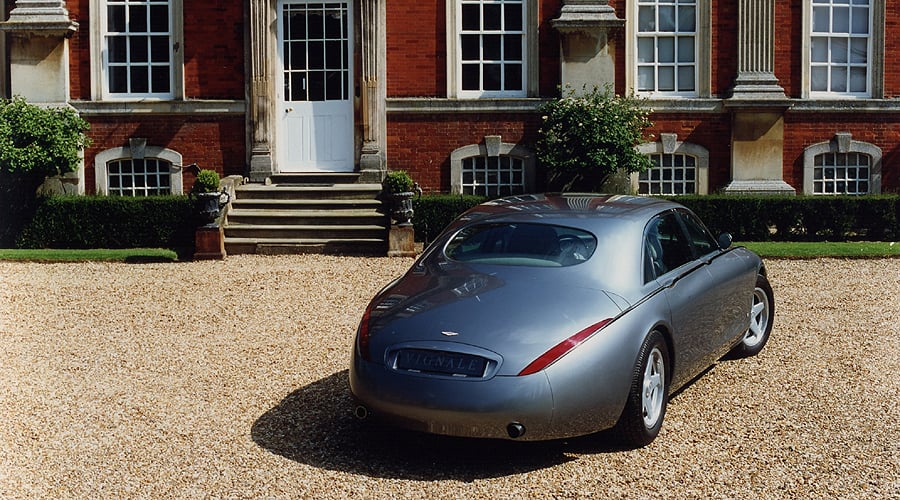
Grateful thanks to Tim Cottingham of www.astonmartins.com
Photos: Aston Martin Lagonda








